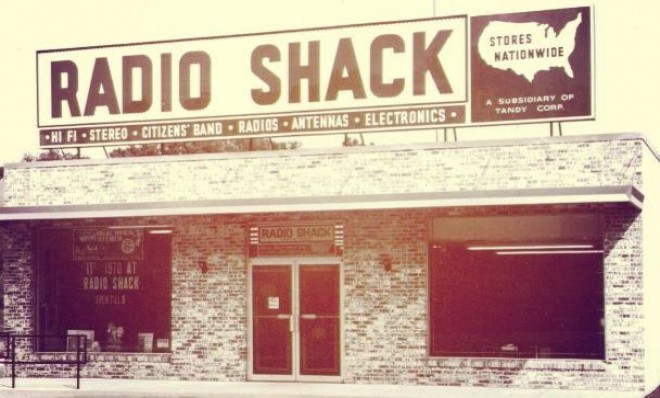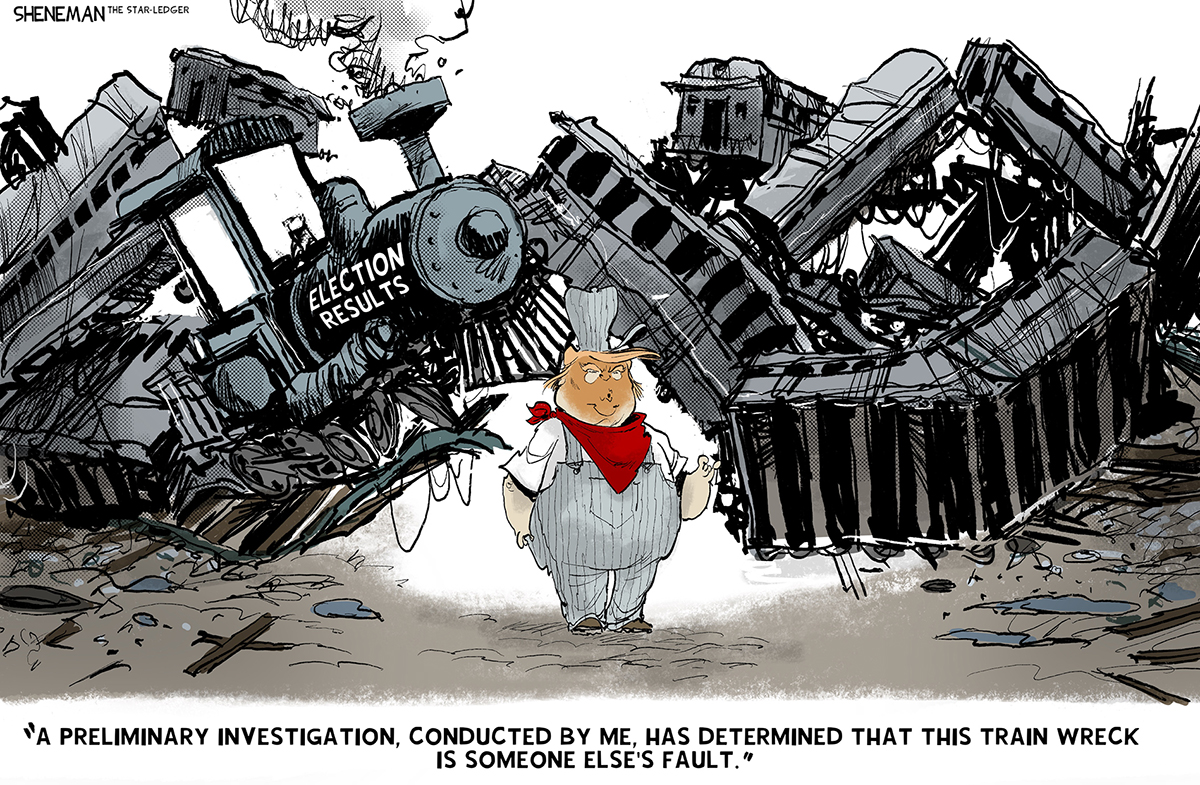Can RadioShack save itself with a DIY makeover?
RadioShack is rewiring its executive branch — and it might just work

RadioShack's core customers have long been builders — those with the skills and ambition to hack and repair their own electronic devices. In 1921, when the company had just one location in downtown Boston, founders Theodore and Milton Deutschmann mailed equipment to ham radio enthusiasts who built their own devices aboard ships. Over the years, the company has continued to sell parts and accessories catering to CB operators and audiophiles.
RadioShack is an iconic brand that has been languishing for more than a decade — really languishing. Since the healthy years of the late 1990s, when shares reached $78.50, Best Buy and other big box companies have grown to dominate the market, sending RadioShack's profits into a tailspin. RadioShack's most recent 52-week low is $1.90. In 2012, the credit agency Fitch cut its credit rating to CCC, down from the already non-investment-grade score of B-. "We have little confidence in RadioShack's ability to earn a profit stream," an analyst told MarketWatch at the time. "It's a core, painful lesson we take from this call. In this market, the [numbers] are the story."
But behind the scenes, the company has been assembling an executive team that means business, building on core competencies going back to its DIY roots.
The Week
Escape your echo chamber. Get the facts behind the news, plus analysis from multiple perspectives.

Sign up for The Week's Free Newsletters
From our morning news briefing to a weekly Good News Newsletter, get the best of The Week delivered directly to your inbox.
From our morning news briefing to a weekly Good News Newsletter, get the best of The Week delivered directly to your inbox.
Early this year RadioShack swiped Joeseph Magnacca from Walgreens to be its CEO. Magnacca was a rising star at Walgreens and was promoted to executive vice president just one week before RadioShack named him CEO. It was a big score — and it shows that RadioShack has bigger plans than cutting costs and sweet-talking creditors.
Magnacca is a true merchant, something RadioShack desperately needed. He is credited with remaking Duane Reade and creating a powerhouse of store brands including Nice!, now a $1 billion brand for Walgreens.
Private label products have long been the core of RadioShack, but management has failed to update this legacy, relegating its home name brands like Realistic, which made audio equipment, to the garbage bin of history. RadioShack private label batteries, connectors, cables, and components remain key products for the company. Magnacca is the right choice to rebuild them.
Two other key executive additions help fuel the optimism around a RadioShack turnaround: Jennifer Warren and Michael DeFazio as senior vice president and chief marketing office and senior vice president of store concepts, respectively. Both have long histories implementing successful retail programs with brands that include Walmart and Sam's Club, Marhsalls and TJ Maxx, and Walgreens, where DeFazio developed the drug chain's newest flagship stores.
A free daily email with the biggest news stories of the day – and the best features from TheWeek.com
Already, RadioShack is reaping the rewards of these new hires. There's a catchy new marketing program with Beats that actually evokes a younger more relevant RadioShack. Its architect, Warren, has already been named one to watch by Ad Age, andplans to open up RadioShack-branded departments within 4,000 college bookstores and renewed focus on its core DIY customer.
In May, RadioShack announced a partnership with Maker Media to create a DIY product lineup and partnered with publications and communities like Popular Science and Popular Mechanics. It's a product lineup that harkens back to RadioShack's roots and to what it traditionally did well, and can successfully do again.
The RadioShack brand still means something to a dedicated group of shoppers who go there for components and DIY materials not found anywhere else, except possibly online. As long as management doesn't go too far from this core, at least in these critical initial stages, it has a chance to get back on its feet.
The company is tapping into social media and building online communities to help direct these new DIY programs, stock the right mix of components and kits and get feedback from these core customers, Andrew Reid, president of Vision Critical, a company that powers "insight communities," told me in May. "RadioShack is a new brand for about a year now, it's very innovative," he said. "They're bringing their customers into the conversation about everything they do, from how they're marketing and messaging to the products they're carrying."
RadioShack can't be everything to everyone and technology is a lot more accessible to shoppers today than in the retailer's heyday, but there are new products on the horizon with great promise — like 3D printers, for instance.
"The change in strategy/advertising, to some extent, reflects a willingness to take chances to drive the business," wrote analyst David Strasser of Janney Capital Markets in a report. "If this risk and differentiation is a sign of things to come at RadioShack, the story could get a little more interesting. The question of whether and how dramatic this turnaround could be, is up in the air, but this is a step in the right direction."
RadioShack may not be able to shake off the last decade, particularly that cringe-worthy attempt at renaming itself the "The Shack." A successful turnaround is by no means a given, but its new management team is made up of builders — just like its DIY customer base. Now is its best shot in ages.
-
 5 true blue cartoons about the 2025 elections
5 true blue cartoons about the 2025 electionsCartoon Artists take on election results blame game, a message for the billionaires, and more
-
 Political cartoons for November 8
Political cartoons for November 8Cartoons Saturday’s political cartoons include narco boats, and the new Lincoln monument
-
 Why Trump pardoned crypto criminal Changpeng Zhao
Why Trump pardoned crypto criminal Changpeng ZhaoIn the Spotlight Binance founder’s tactical pardon shows recklessness is rewarded by the Trump White House